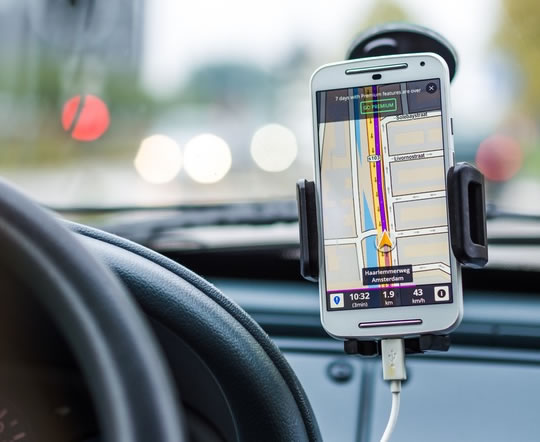Using GPS navigation could be having a dramatic effect on the memory centres of your brain.
Using GPS navigation turns off parts of the brain that would otherwise be used to navigate, new research finds.
The hippocampus — an area of the brain central to memory and navigation — did not respond to new streets when using GPS navigation.
The prefrontal cortex also showed no additional activation while people used GPS navigation.
Dr Hugo Spiers, one of the study’s authors, explained:
“Entering a junction such as Seven Dials in London, where seven streets meet, would enhance activity in the hippocampus, whereas a dead-end would drive down its activity.
If you are having a hard time navigating the mass of streets in a city, you are likely putting high demands on your hippocampus and prefrontal cortex.
Our results fit with models in which the hippocampus simulates journeys on future possible paths while the prefrontal cortex helps us to plan which ones will get us to our destination.
When we have technology telling us which way to go, however, these parts of the brain simply don’t respond to the street network.
In that sense our brain has switched off its interest in the streets around us.”
A previous study found that the hippocampi of London taxi drivers expands after they learn the streets.
This study suggests, though, that using GPS navigation does not work memory centres in the brain the same way.
Dr Spiers said:
“The next step for our lab will be working with smart tech companies, developers, and architects to help design spaces that are easier to navigate and increase wellbeing.
Our new findings allow us to look at the layout of a city or building and consider how the memory systems of the brain may likely react.
For example, we could look at the layouts of care homes and hospitals to identify areas that might be particularly challenging for people with dementia and help to make them easier to navigate.
Similarly, we could design new buildings that are dementia-friendly from the outset.”
The study was published in the journal Nature Communications (Javadi et al., 2017).

